What is a thinking map? You may hear this term often especially if you are involved in the educational industry. For students, the thinking maps offer them an idea to ponder, while for teachers, a thinking map enables them to better clarify an idea or concept. All in all, a thinking map refers to a set of techniques used for education and has 8 types that are relevant to the different thinking processes. For those who are still struggling to draw up one, here you will learn the best method to create your own thinking map and the functions of 8 different types.
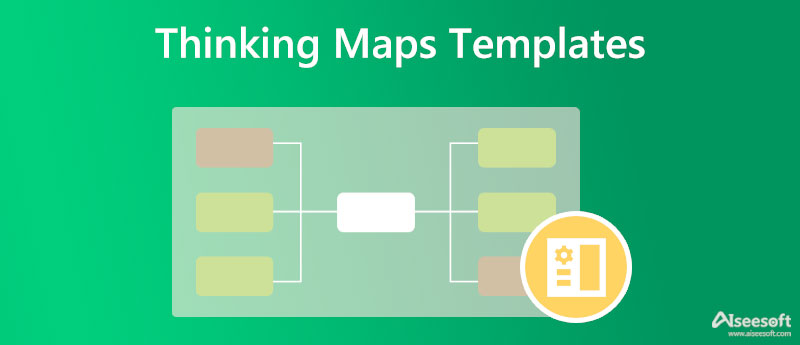
How to make a desirable thinking map? You must have such as question in your mind as a beginner. With MindOnMap, a free online diagramming tool, things will be much easier for beginners. You can better organize your thoughts or figure out the relations between different concepts through the thinking map templates on this website. All you need before drawing a map is an account on MindOnMap, then all features will be available to you.
Main Features:

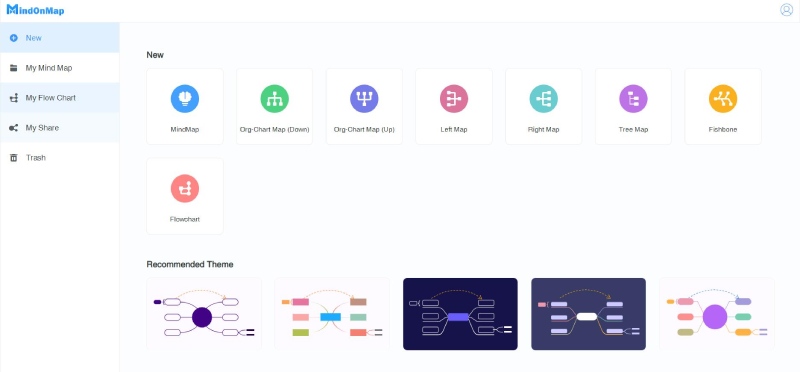
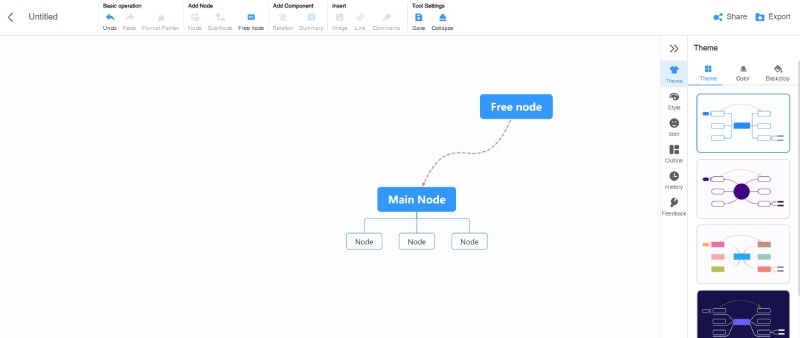
There are 8 types of thinking maps, which are circle map, flow map, bubble map, double bubble map, tree map, multi-flow map, brace map, and bridge map. To better employ this visual language for learning, the following content will bring you a brief introduction to each category of the thinking map as well as the function.
Circle Map, also known as a radial tree or map, is often applied for brainstorming. Such thinking maps have a tree structure, which is helpful for you to radiate your thoughts. For example, once you set the main subject, you can follow it to write down everything that is related to it. Or decide a central theme and write down each feature it has on the circlers outside.
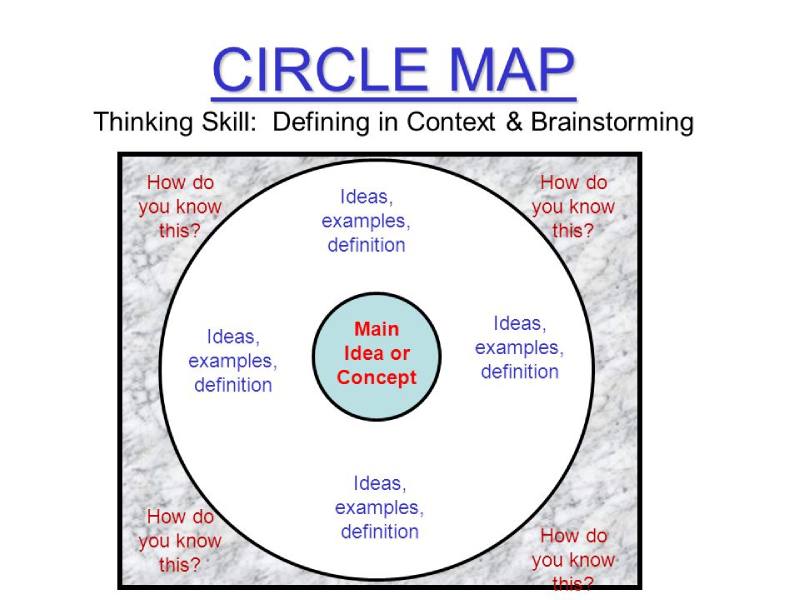
Flow Map or Flowchart Map represents workflow or your working processes. You can use the flowchart makers to draw a plan for your trip or for your science project. Since it has a workflow outlay, you can prepare yourself for the possible results when conducting a project.
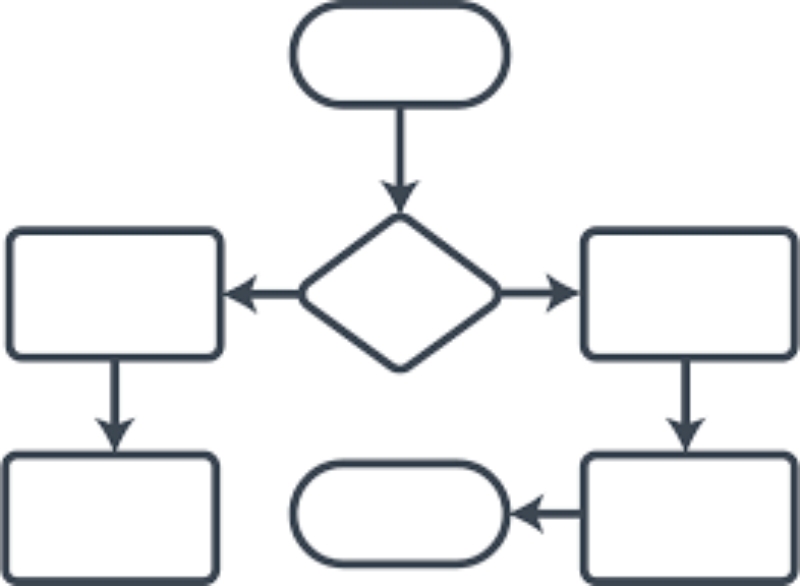
The Bubble Map is a kind of thinking map that is normally used for describing something or displaying things visually. One of the main functions of such a map is that you can use it as your semantic map and teach vocabulary if you are a teacher. With a Bubble Map, you can connect many words in a certain field so that the students can better recall these words.
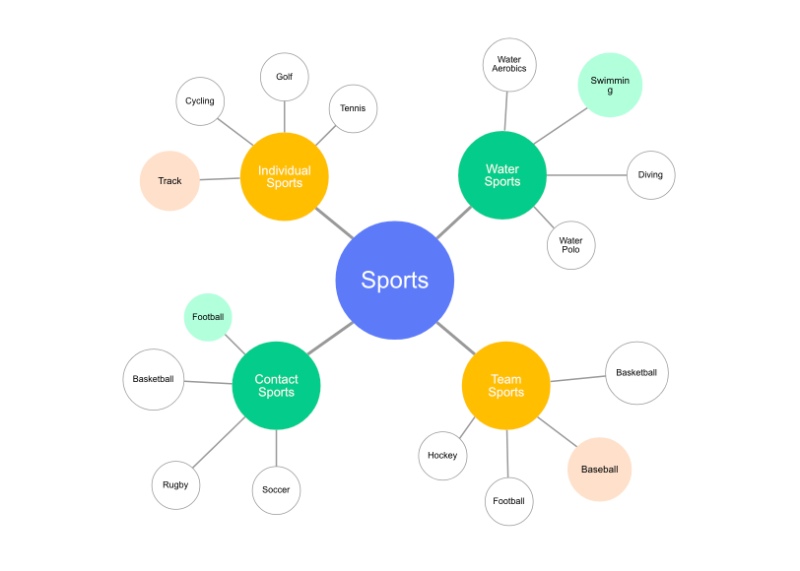
The Double Bubble Map is a derivative of the Bubble Map and the only difference between these two thinking maps is that the double one can have two main central themes. In this way, you can compare the differences or similarities between two different subjects.
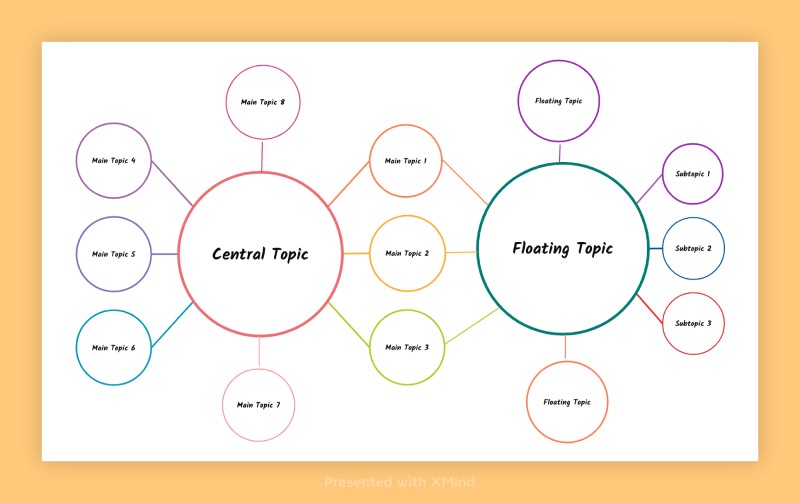
A Tree Map is composed of many categories since it is often used for categorizing. When drawing such thinking maps, you need to pick up on a major topic. Then under this main topic, you will have some sub-categories and then the specific things, people, or ideas you want to put up. Consequently, you will have a clear layout of your major topic.
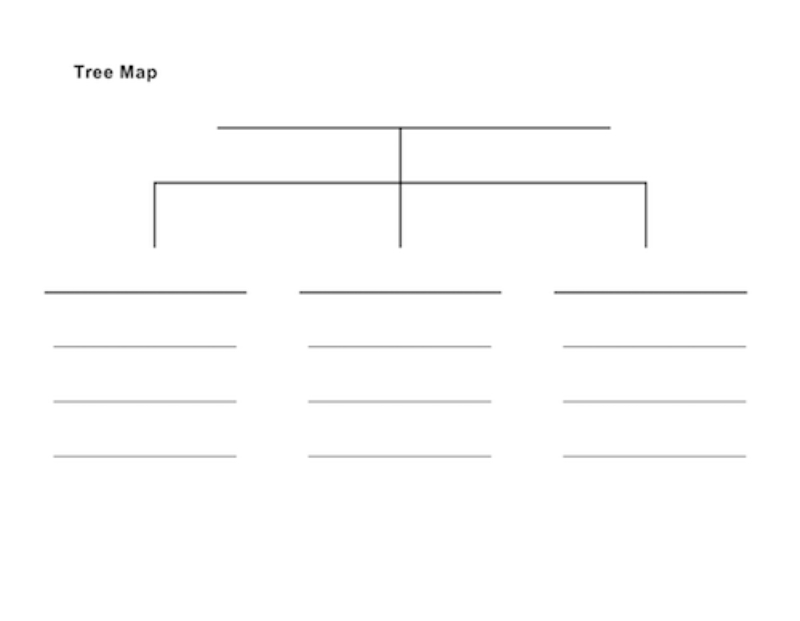
Multi-Flow Map often appears to have several rectangles. You use it to analyze the cause and effect of a certain event. Therefore, you would have a vivid picture of what will happen and what caused such a thing to happen. So, the greatest benefit of such thinking maps is that it helps you build up a habit that is to think about the consequence before action.
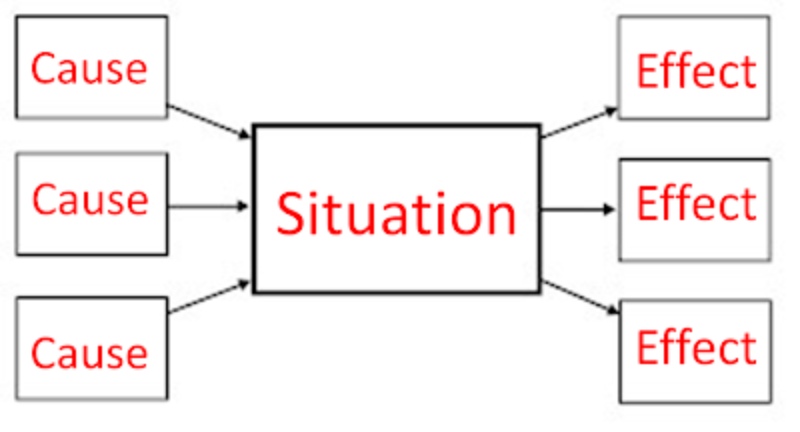
Brace Map allows you to understand the part-whole relationship. To be more specific, you can use the Brace Map to divide a subject into several parts and clearly see the relationships between the parts and the main subject. There, there will be many sub-nodes in a brace map.
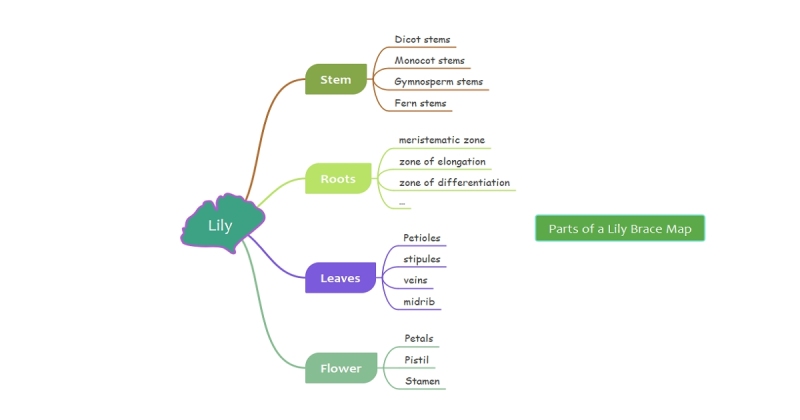
Bridge Map creates analogies for you to see the relations between concepts. You use such a map to identify the similarities between relationships of different stuff. The things written down in such a thinking map need to be in pairs and pairs can go on and on.
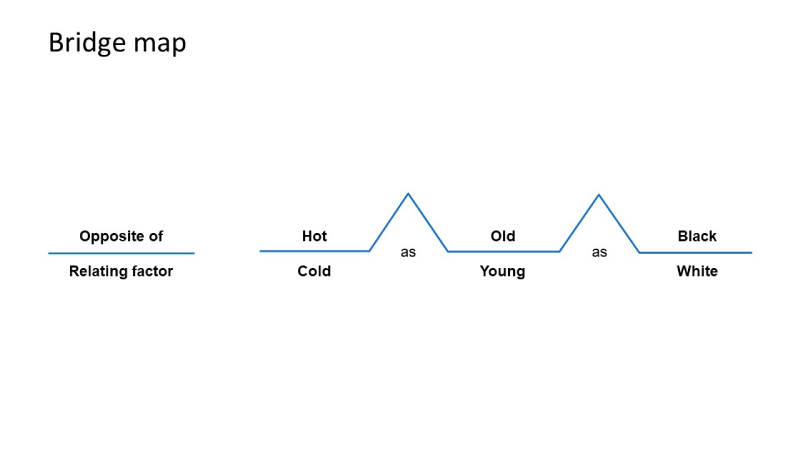
Where to find thinking map templates?
Some paid software may contain many templates you need like GitMind, MindMaster, or XMind. There are also online image editors that can help you and Canva is one of the best. Because Canva's free version also offers uses many editable map templates.
What are the benefits of a thinking map?
A thinking map is a helpful tool when processing or analyzing information, which also helps you build connections to learn or understand. One of the biggest benefits of it is that you can improve your thinking skills through the maps.
How can I make a thinking map in Google Docs?
Go to the Insert tab and click the Drawing button to add some shape icons on the blank page. Then, you just need to adjust the places of these icons to indicate what types of thinking map you want to make. After that, enter texts in these icons and draw some lines to show their relationships.
Conclusion
You will find it is not hard at all when drawing a thinking map yourself after reading this article. Meanwhile, the brief introduction to 8 different types of thinking maps can help you better understand this useful visual map as a beginner, so next time, you can choose a type based on your desired result.

Video Converter Ultimate is excellent video converter, editor and enhancer to convert, enhance and edit videos and music in 1000 formats and more.
100% Secure. No Ads.
100% Secure. No Ads.